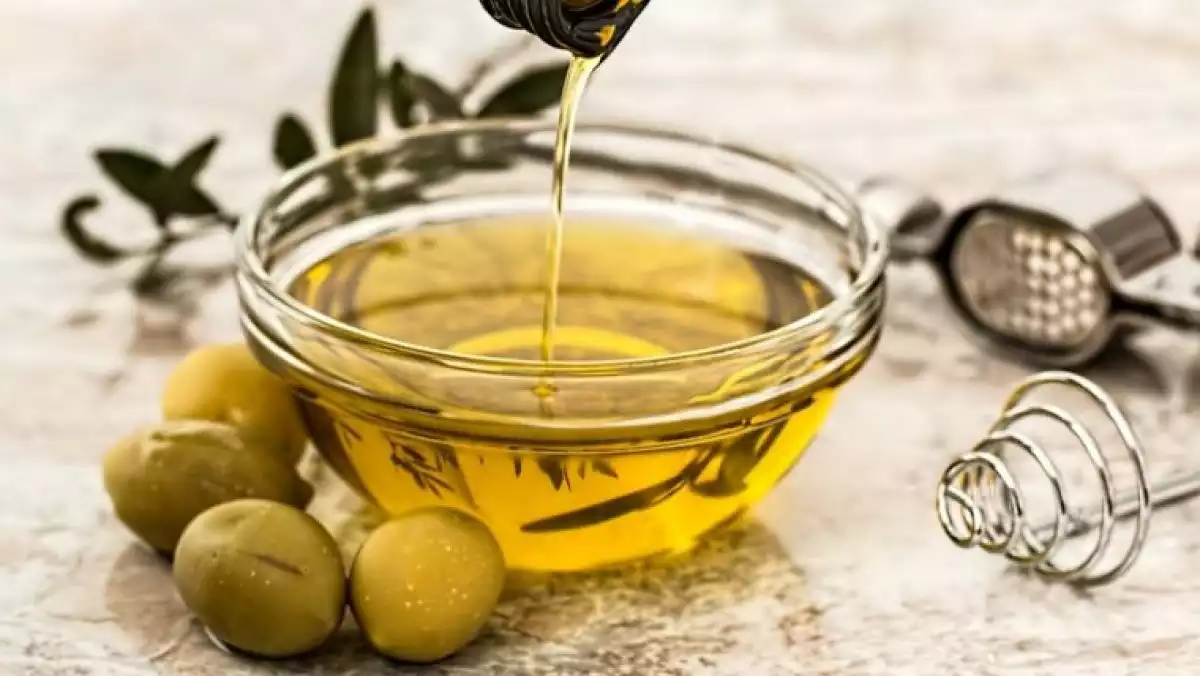
Canola oil, also known as rapeseed oil, sunflower oil, or corn oil are common examples of cooking oils. Nevertheless, this type of vegetal liquid is also used for industrial purposes as well as an alternative fuel in diesel engines.
We will have a look at the definition of vegetable oil and the most common uses worldwide.
What is vegetable oil?
Vegetable oil is a
Where does the vegetable oil come from exactly? The reality is that it can be extracted from many parts of the plant that produce the oil, although typically it is made from the seeds.
As mentioned, usually the vegetable oil is extracted from the seeds, but the fruit of the plant can also be used. Here is a list of vegetable oils that we will expand on further in the article:
Palmtree oil
Olive oil
Rapeseed oil
Soya oil
Safflower oil
Walnut oil
Olive oil is extracted from the fruit while sunflower oil is made from the seed of the plant. Nevertheless, these two types of oil together with coconut oil are the most sought after products for culinary use.
Common uses of vegetable oil
Vegetable oils have been used by humans for as long as we can remember. The primary purpose is for preparing food which is why these are called cooking oils. Due to them, we can give more flavor and texture to many dishes. The essential requisite here is to have a high flash (smoke) point such as soya, sunflower, and olive oil.
Tropical oils such as palm tree and coconut oil are also used to cook with high temperatures, but they are better suited for Asian cuisine.
Industrially and cosmetically, vegetable oils are consumed in butter, shortening, margarine, salad oils, and cooking oils, as well as in animal feeds, fatty acids, soaps, personal care products, biodiesel, paints (made from alkyd resins), lubricants, and greases.

Types of vegetable oil
Vegetable oils can be classified into many different categories. They can be categorized according to their use - edible, cosmetic, industrial, according to their state - solid or liquid, and depending on the level of fats their contain - saturated, monounsaturated, and polyunsaturated
There are also essential oils that are used in aromatherapy. We will list the most common oils and explain their classification and uses.
1. Canola oil
Canola oil is obtained from the plant Brassica napus, also called oilseed rape, colza oil and rapeseed; is a type of linoleic oil that is used in cooking.
It has an infamous reputation because, in the 1980s in Spain, it caused toxic oil syndrome (a musculoskeletal disease) which killed over 600 people due to contamination with aniline.
2. Sunflower oil
This cooking oil contains linoleic acid and is similar to olive oil regarding the vitamin levels it provides. Sunflower oil is extracted from the seeds of sunflowers, and it's rich in healthy fatty acids.
3. Corn oil
This vegetable oil is mainly utilized as raw material in biodiesel production, but it also has domestic uses. It is extracted from the maize-germ, and it is also used as cooking oil, in seasoning, and sauces as well as being a key ingredient in margarine and other derivate products.
Corn oil is cost-effective and low in saturated and polyunsaturated fats which increase even further its commercial potential.
4. Soya oil
Soya oil is the most produced vegetal oil worldwide. Its nutritional values indicate it is rich in alpha-linolenic acid and polyunsaturated fatty acids.
Its popularity in gastronomy has increased due to the high levels of omega 3 and 6 fatty acids, vitamins K and E, iodine, and zinc. Soya oil is also a powerful source of antioxidants which help improve digestion.

5. Grapeseed oil
Grapeseed oil is extracted from the grape seeds, and it contains many nutritional properties such as vitamin E, linoleic acid, omega 3 and omega 6 fatty acids. This vegetal liquid does not contain cholesterol, and it is ideal for preventing diseases such as diabetes, obesity, and high blood pressure.
6. Safflower oil
This oil is similar to sunflower oil, and it comes from the safflower plant (Carthamus tinctorius). It contains unsaturated fats, and it is very rich in oleic acids. One of its primary uses is as a food supplement due to its ability to fight bad cholesterol, arteriosclerosis, arthritis and a few cardiovascular diseases.
7. Olive oil
Olive oil is the brightest star in the Mediterranean cuisine, and it is extracted from olives. The juice obtained from this process is a vegetable solution with many health benefits and uses, especially in gastronomy. This vegetable oil rich in oleic acid is also used in cosmetics production.
8. Coconut oil
Another important vegetable oil is coconut oil, and it is heavily used because of its culinary and cosmetic uses as well as its nutritional values. This hydrating oil, similarly to olive oil, can be found in both liquid and solid form and the best option for consumption is virgin oil because it retains all of its properties.
Check out the original article: Aceites vegetales: qué son, tipos de aceite y usos at viviendolasalud.com
References:
Poveda, E., Ayala, P., Rodríguez, M., Ordóñez, E., Baracaldo, C., Delgado, W., & Guerra, M. (2005). Effects of vegetal oil supplementation on the lipid profile of Wistar rats. Biomedica, 25(1), 101-109.
